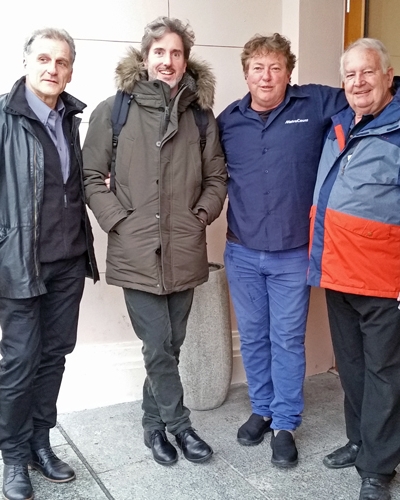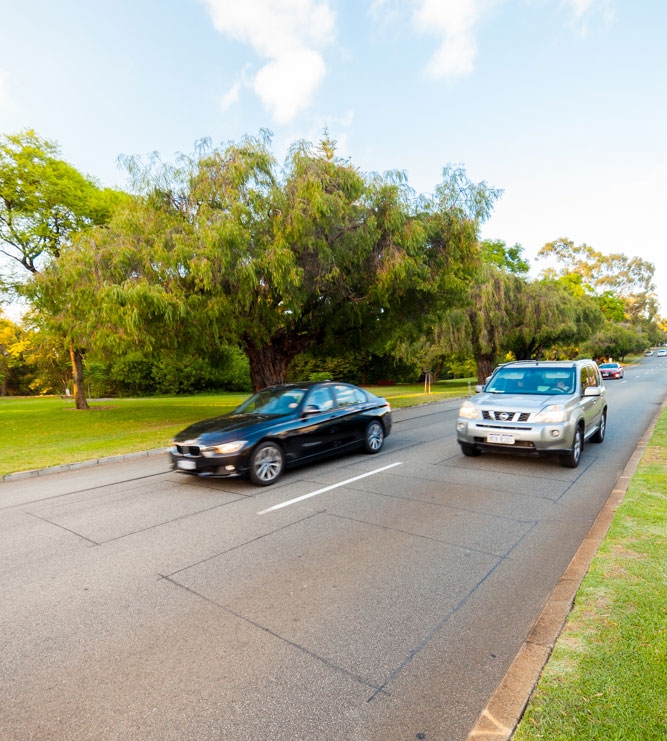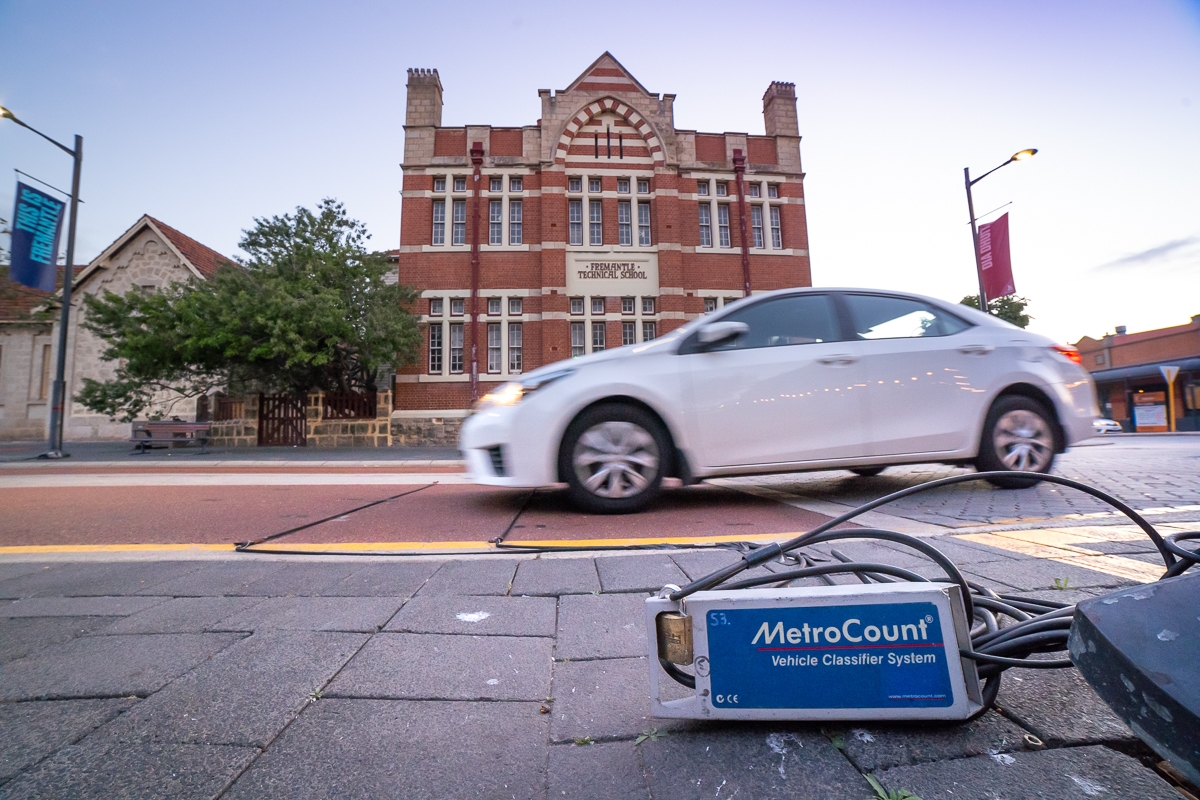With 15 permanent installations (Inductive Loop Classifiers), and a stock of Portable Traffic Counters the Canton of Fribourg takes a proactive approach to data collection. With the beautiful mountains, historic architecture, and the fresh Swiss air, Mike and Clement were more than happy to make the trip.
In recent years, the Canton of Fribourg has become invested in analysing traffic growth in order to anticipate future volume, improve infrastructure design, and reduce noise pollution. A study began in the spring of 2014, gathering data from 300 temporary sites over a 5 year period to establish traffic patterns across a 640km road network. With rigorous data control and validation standards imposed by the SMo (Mobility Service), collecting accurate and accountable data is mandatory to achieve the outcomes of this project. Thus, strategically placed RoadPod® VL5810 systems were used to provide further verification and seasonally adjust the values issued by the temporary sites.
Limiting Heavy Vehicle Traffic
Switzerland’s engagement with traffic monitoring has lead to the inclusion of data gathering provisions in the Rules for Implementing the Law on Roads (RELR). Article 7 of the RELR mentions the “critical load”, referring to the maximum road traffic load predicted in a dynamic planning of 20 years. This value is calculated based on the latest Vehicle Average Daily Traffic values, measured outside cities, with the number of heavy vehicles doubled to account for their negative impact on roads, over time.
In the Canton of Fribourg, the SMo collaborates with regional authorities and other related organisations to compile this information, following a pre-established template* and 6 main report types:
> Annual Average Daily Traffic (for all traffic, and for Heavy Vehicles)
> Percentage of Heavy Vehicle Traffic
> Speed (including Median Speed and the 85th percentile)
> Average Daytime Traffic (6AM to 10PM) and Average Night time Traffic (10PM to 6 AM)
> Traffic Volume (partial and annual)
> Tailored metrics (Average Daytime Traffic/ Annual Average Daily Traffic * 16; Average Night time Traffic/ Annual Average Daily Traffic * 8)
Switzerland has been trying for over a decade to reduce heavy vehicle traffic, encouraging distributors to opt for rail freight transport. While progress has been made, with a decrease in volume of 10.3% between 2012-2014, the goal of 650 000 journeys/year is still a distant goal. Therefore, to further discourage heavy vehicles from traversing their roads, the federal council decided to increase their travelling fees* again, in 2017.
Monitoring Traffic over the Poya Bridge
In October 2014, the Poya Bridge was inaugurated in Fribourg. Designed to improve traffic conditions in the area, the efficiency of this infrastructure has been assessed using MetroCount traffic data. To analyse its impact, traffic counters have been installed on the main arterial roads, while a permanent RoadPod® inductive loop system was placed on the bridge itself.
To measure the impact of the new infrastructure, data was collected before (2013) and after (2015) the bridge was opened for traffic. The results of this long-term analysis indicate that the objectives of SMo were accomplished:
- Redeeming and protecting the Zähringen bridge, part of the historic heritage of the area;
- Moving traffic transit away from the city centre and the St-Nicholas Cathedral;
- Giving priority to public transport and cycling.

*These documents are only available in their original language, French.
Got a great MetroCount story? Share it with us and let the world know the great work you're doing in your community.


